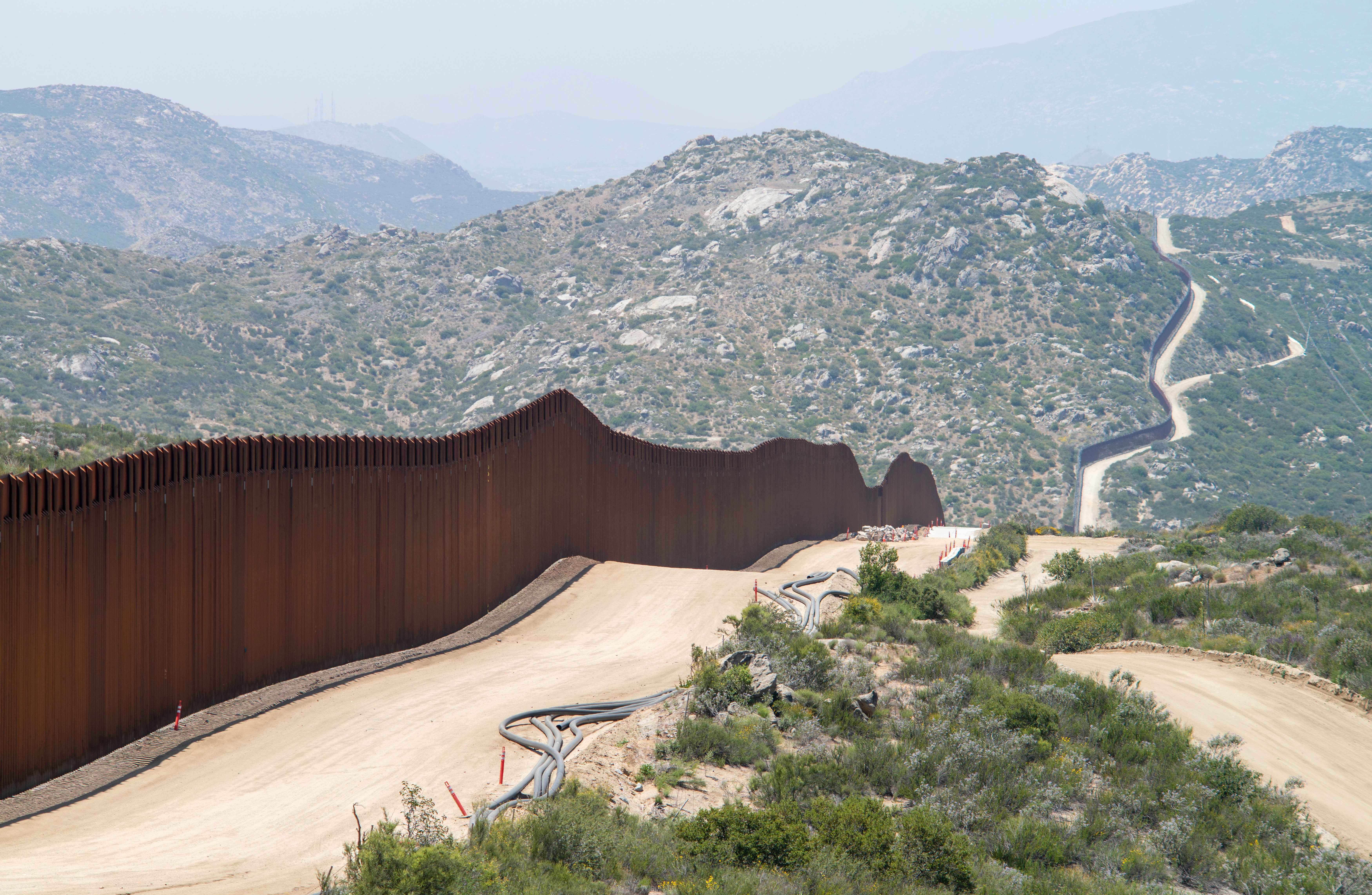Part of the inspiration for this post is a recent CNN special report about the migration of people from South America through the treacherous Darién Gap at the Columbia/Panama border. It seems that nearly all of them are making their way to the U.S. border.
It’s a horrific undertaking and reading it left me stunned and all I could do was look around at my surroundings and imagine what those travelers, some of them young children, all of them fleeing poverty and violence, would think about where I live and all that I take for granted. Very humbling!
For years now I’ve thought a lot about the harm that happens at the border and through U.S. immigration policy in general—through detention and family separation and bureaucratic horrors and all of it influenced by racism and xenophobia. I have a curiosity about how the principles and practices of restorative justice could contribute to healing and breaking the cycles of harm. Maybe it already is? I know that some of the stories are already being told, in books such as Voices of the Border, and surely that’s a start.
I hold a vision for government representatives coming together with people who’ve been harmed by immigration policy. I picture them in a restorative circle process, having an opportunity, finally, to really see and hear and feel each other. No blaming, no shaming. Trusting the wisdom of the circle when people come together held by the principles and practices of restorative justice.
As with so many other areas where there is great harm, I believe that restorative justice offers the only way—the most complete and humane way—to repair harm and change beliefs, priorities, policies, and systems.
According to reliable sources, one of the last things Martin Luther King Jr. said is that “we must institutionalize nonviolence.” In my mind, there’s no better way to work toward that goal than to promote restorative justice.
If you’d like to learn more about the community-based approach to restorative justice that I’ve developed, you can do a very full independent study using a demo that I recorded with a great group of volunteers back in 2021. This link is the place to start.
In the spirit of peace and justice,
Scott Brown
Photo Credit: Greg Bulla via Unsplash

